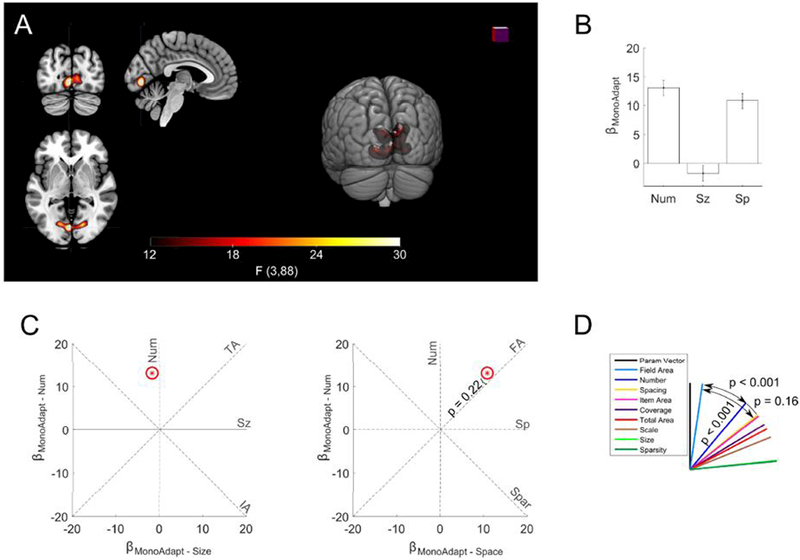Figure 4. Field area drives significant monotonic adaptation effects in EVC.

(a) A significant monotonic adaptation cluster was found in early visual cortex (threshold FWE p < 0.05). Slices at x = −4, y = −80, z = −2 in MNI space. (b) Bars indicate coefficients for the monotonic adaptation of number, size, and spacing within the significant whole brain cluster. Error bars indicate standard errors across subjects. Signal was depressed if the previous stimulus had a larger total extent. The size of the items in the previous stimulus had no significant effect on subsequent activation. (c) displayed as red star in two plots as βMonoAdapt – Num plotted against βMonoAdapt – Sz and as βMonoAdapt – Num plotted against βMonoAdapt – Sp The red ellipses indicate the standard error of the estimates. Dashed lines indicate where would fall if monotonic adaptation was exactly proportional to the feature abbreviation labeling it. P-value fails to demonstrate any significant deviation of from the field area feature line. (d) θs (angle between feature line and ) for each feature. was significantly closer to field area than to any other feature.
